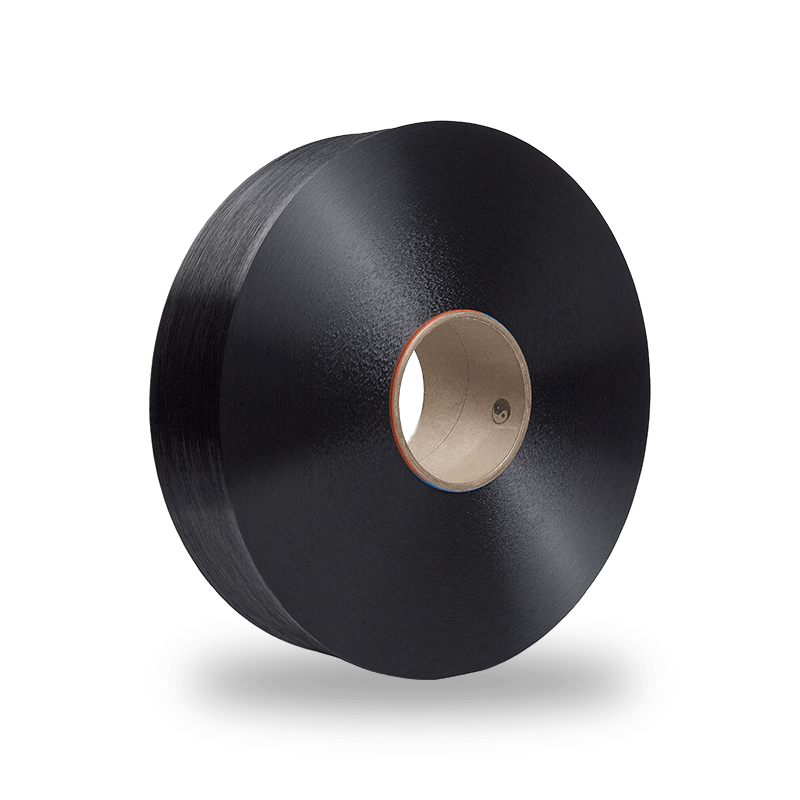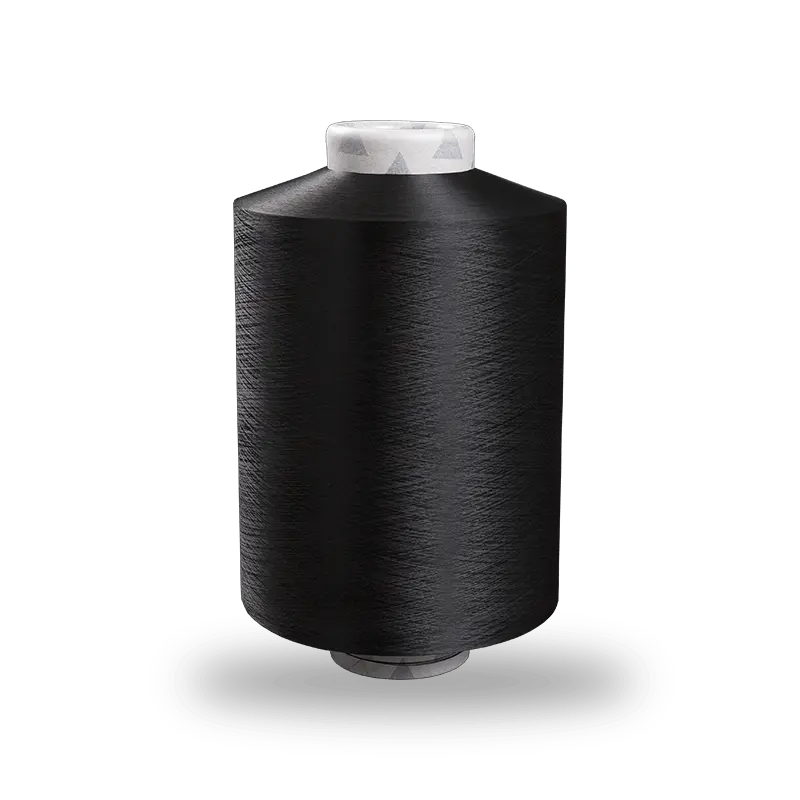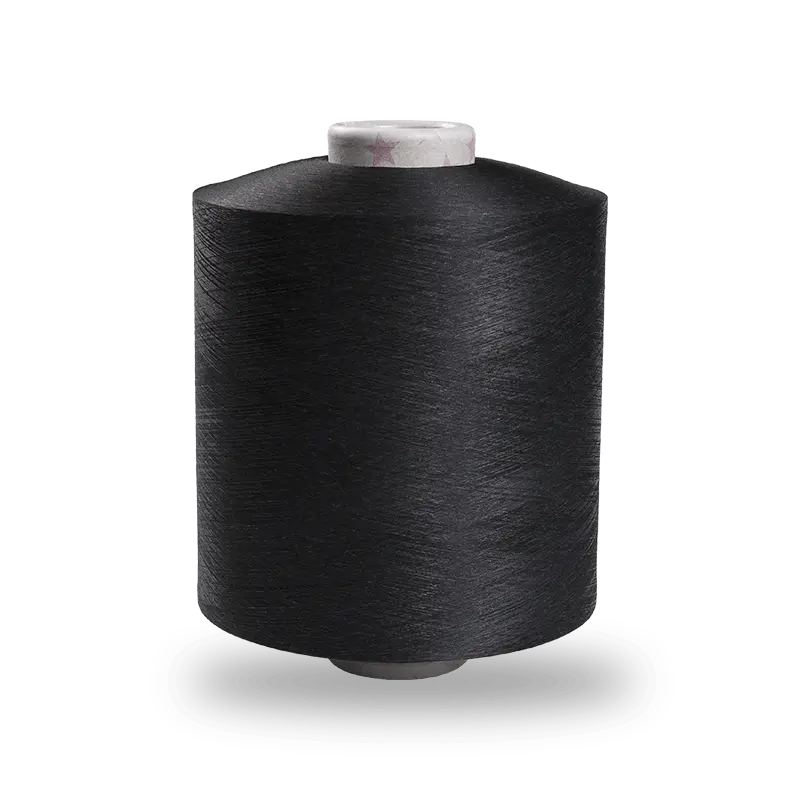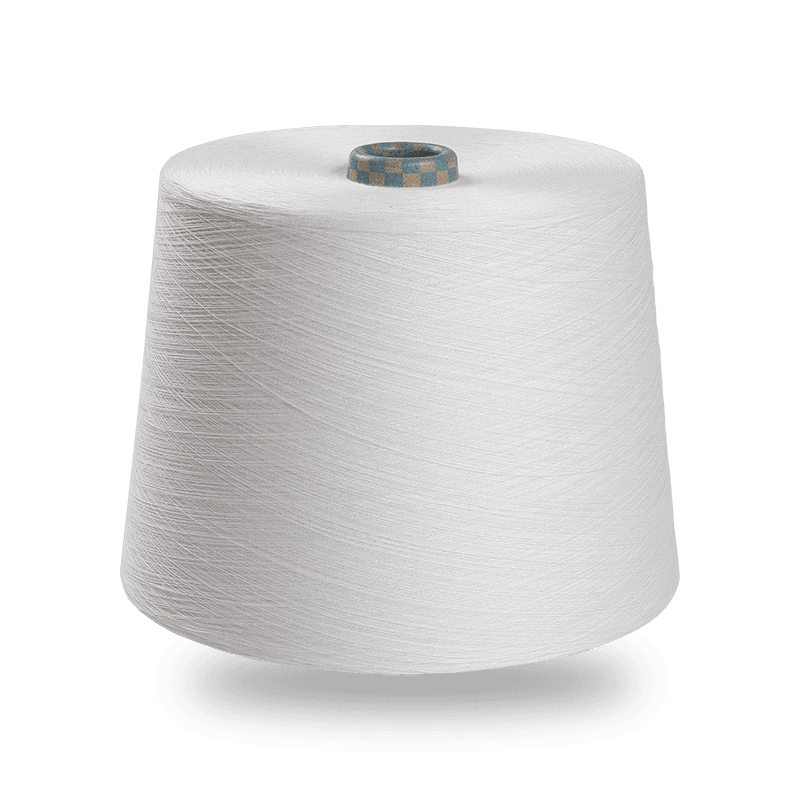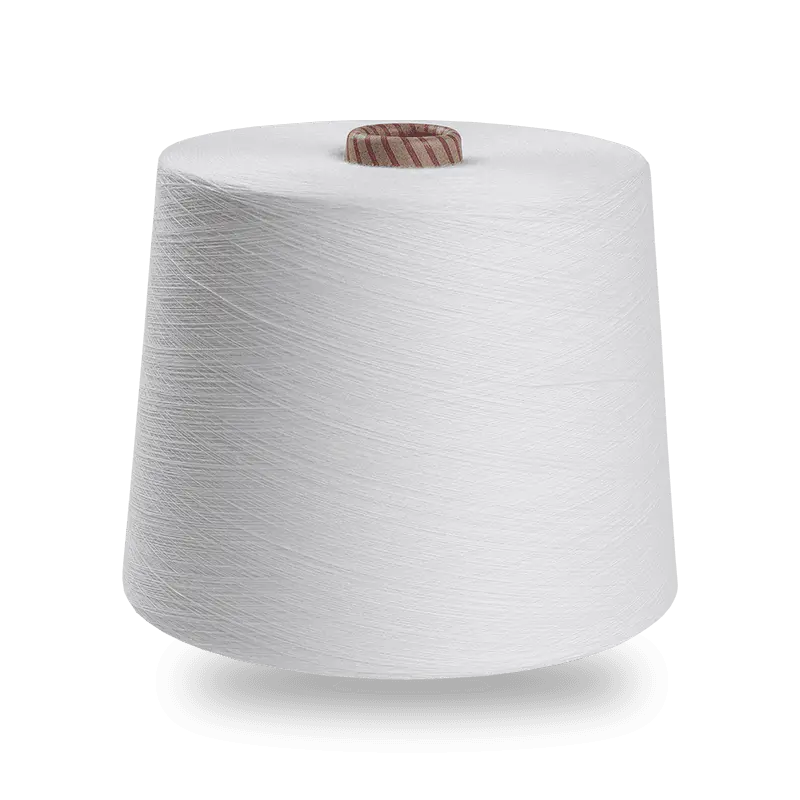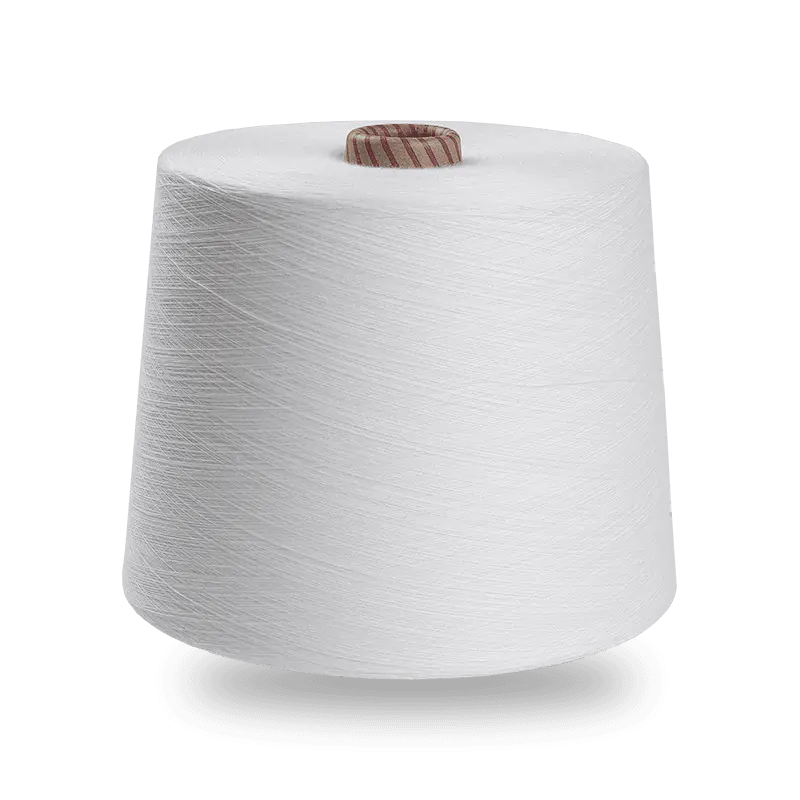When it comes to choosing the right material for knitting applications, understanding how Nylon 6 fully drawn yarn behaves in different processes is critical. Warp knitting and weft knitting are fundamentally distinct in structure and performance, and each interacts with FDY yarn in unique ways. For manufacturers and fabric developers, knowing how to align yarn characteristics with the demands of each knitting method can mean the difference between efficient production and costly adjustments. Nylon 6 FDY, known for its high tensile strength and uniformity, is widely used in both systems, but the key lies in matching the yarn's properties with the specific functional requirements of the end product.
In warp knitting, where the yarns run parallel to the fabric's length and are looped vertically, consistency and strength are especially crucial. Nylon 6 fully drawn yarn is a preferred option here due to its excellent elongation control and dimensional stability. These qualities allow it to withstand the high-speed tension and complex loop formation of warp knitting machines without excessive breakage or deformation. The continuous filaments in FDY ensure clean, regular stitches that enhance the aesthetic and functional performance of sportswear, stretch fabrics, and technical textiles. In our experience, customers targeting these markets often request specific denier ranges and luster levels to meet their application demands.
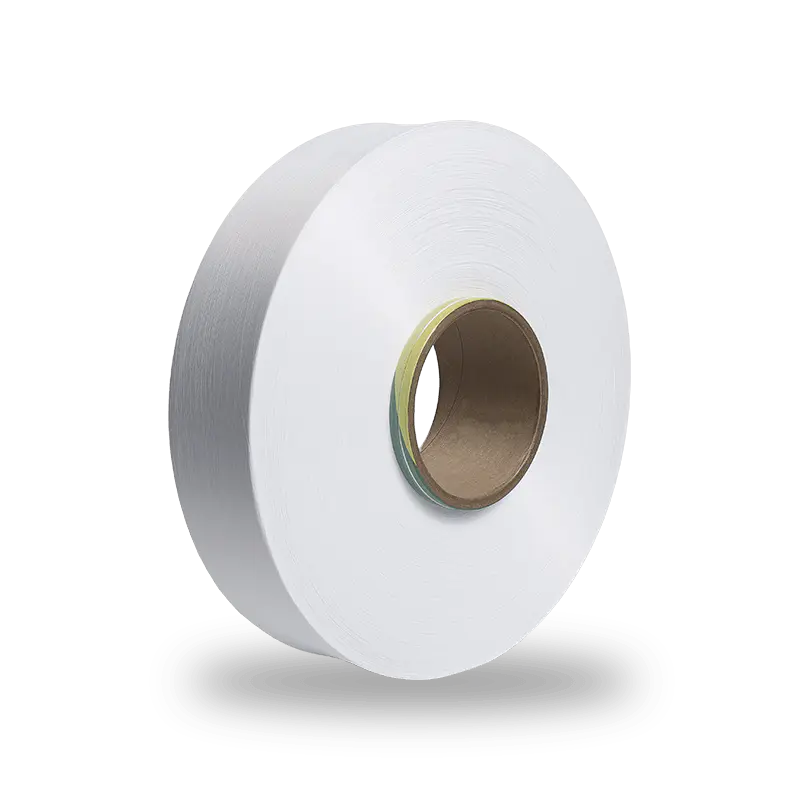
On the other hand, weft knitting introduces loops in a horizontal direction, requiring the yarn to offer not only strength but a balanced degree of flexibility. Nylon 6 FDY provides a smooth and uniform surface that helps minimize friction during the weft knitting process, making it suitable for garments with high comfort requirements. Products like base layers, soft-touch leisurewear, and even fashion-forward activewear benefit from the fine evenness of FDY yarns. However, choosing the right FDY specification for weft knitting means paying close attention to filament count and elasticity, particularly when designing fabrics that require a soft drape or body-conforming stretch.
From a production standpoint, it's important to recognize that while the same Nylon 6 FDY can technically be used in both warp and weft knitting, optimal results often depend on customization. For warp knitting, we often supply higher-tenacity FDY with tighter dimensional tolerances, while for weft applications, customers may prioritize yarns with better dye uptake or filament softness. Our advanced TMT winding technology ensures that each yarn lot maintains consistency in winding tension and finish, reducing machine downtime and increasing yield in both knitting environments.
What many buyers don't realize is how the nuances in yarn behavior during the knitting process can influence not only the fabric’s final appearance but also its processing efficiency. Yarn breakage, stitch misalignment, and dye streaks can frequently be traced back to mismatches between yarn type and knitting method. That’s why we strongly encourage our clients to involve yarn specialists early in their development cycle. With more than a decade of experience in Nylon 6 FDY production, we’ve supported hundreds of knitting projects from concept to commercial rollout—each with its own performance, aesthetics, and pricing considerations.
Nylon 6 fully drawn yarn also plays a strategic role in helping textile producers balance innovation and cost-efficiency. Since FDY can be used directly without further texturizing, it simplifies production workflows and speeds up time to market. Especially in the competitive segments of activewear and UV-protection clothing, this advantage translates into better responsiveness to fast-changing trends. As a manufacturer, we not only supply FDY but also offer guidance on yarn selection and process optimization based on our clients’ specific knitting operations and target markets.
In summary, understanding the interaction between Nylon 6 FDY and knitting technology is essential for developing successful textile products. Warp and weft knitting place different mechanical and structural demands on the yarn, and tailoring the FDY specifications accordingly is key to achieving both quality and efficiency. Whether you're a seasoned mill or exploring new product lines, our technical team is here to support your success with consistent quality, flexible customization, and practical know-how gained from years in the industry.


 English
English 中文简体
中文简体 Español
Español عربى
عربى

